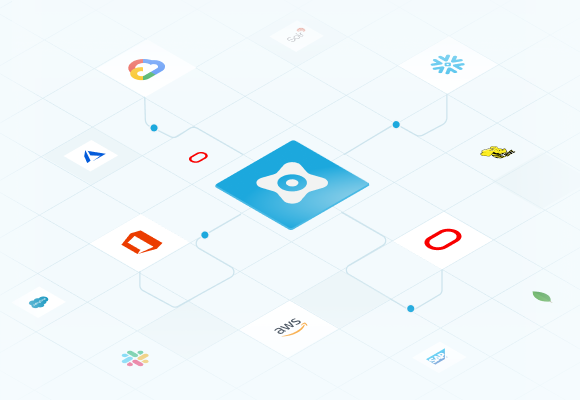The consistent increase in frequency and severity of data breach incidents, coupled with the introduction of data privacy regulations such as GDPR and CCPA (recently amended by the CPRA), encourages organizations to revisit their privacy operations and how they handle their consumers’ personal information.
The quest for better handling, managing, and protecting consumers’ personal information includes a critical component called “Data Mapping” and understanding what a data mapping activity entails under the CCPA.
But first, what is Data Mapping? Rehan Jalil, CEO of Securiti.ai, in his book titled "PrivacyOps: Automation & Orchestration for Privacy Compliance,” defines data mapping as “A system of cataloging the data collected by the organization, helping identify how that data is used, stored and processed, and how that data travels within and beyond the organization.
Thus Data Mapping is the process of creating a map of how data is managed across your organization. Without undertaking this activity, organizations would not be able to keep track of the personal information they collect from their consumers, where it is stored, what type of personal information is stored, and how it moves across systems, users, or applications.
Why is Data Mapping so Difficult?
In modern organizations, there are multiple data collection and processing elements combined with in-house and cloud-based application and storage infrastructure, with highly fluid data sharing and processing agreements in place. With more than 80% of enterprise workloads now moving to the cloud, organizations are finding it hard to document and track the flow of information across cloud assets.
In most organizations, data catalogs and maps are hidden away in outdated spreadsheets and Powerpoint or Visio diagrams, making it impossible to bring clarity to this gigantic mesh of interconnected interfaces, systems, and processes. Also, without a collaborative documentation and knowledge-sharing environment, it is typical for such business process knowledge to get locked up in the minds of subject matter experts, making it nearly impossible to build and maintain an accurate record of data.
This is where the PrivacyOps data mapping platform can help. By providing a secure privacy portal with a collaborative, easy-to-use environment powered by AI-powered advanced robotic automation and data intelligence, data mapping has become a manageable exercise.
How Does PrivacyOps Data Mapping Work?
- Populating the Data Catalog: In order to map the processing and flow of personal data, organizations must first discover and catalog all the data across all their environment.
- Mapping Processes and Flows: Once the data catalog has been populated, organizations need to record and document the processes and flows of the data onto a visual data map. Automated assessments, triggers, and workflows for certain processes discovered in this process can also be set up during this stage.
- Discovering, tracking, and mitigating risks: Once the processes and flows of the data have been mapped, then organizations must undertake Privacy Impact Assessments (PIAs)/Data Protection Impact Assessments (DPIAs) to ensure risky processing activities are identified, and risk mitigation measures are applied. Risky data and processes can also be dynamically tracked throughout their entire lifecycle to ensure they are always appropriately protected.
- Generate ROPA reports: Using the information recorded within the data map, automated Records of Processing Activities Reports (RoPAs) as mandated by privacy regulations and laws (such as Article 30 of the GDPR) can be automatically created.
Data Mapping Maturity Levels
Data mapping maturity is the level of automation an organization wishes to incorporate within its PrivacyOps Data Mapping exercise. The higher the level of automation, the higher the maturity level. There are three levels of data mapping maturity, and we will discuss these individually to help you understand where your organization stands.
Level 1: Streamline Data Mapping
This is the ground level for any organization's data mapping processes. This includes gathering data assets, creating data catalogs, conducting internal assessments, and assessing risks associated with the data and third parties. This level requires minimal and basic automation to help organizations transition into using the PrivacyOps data mapping platform. Maturity Level 1 includes:
- Developing a central catalog for all data assets and gathering information associated with data assets by importing data from existing asset databases (i.e., spreadsheets).
- Inviting subject matter experts to provide insights into data and process information via surveys and questionnaires.
- Creating asset catalogs that include critical information about assets and their associated processes through manual input.
- Conduct internal assessments to comply with global regulations.













































